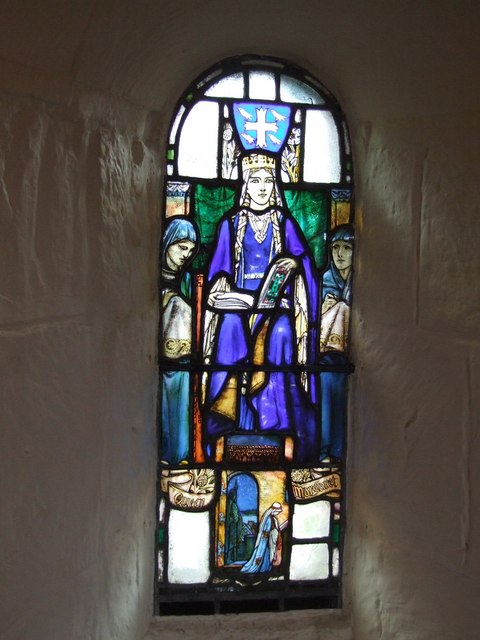Margaret is one of those remarkable people who are worth studying not only for their own life history, but also for the influence they had on later generations. She was born in Hungary around 1045 while her father, Edward, was in exile. Her family eventually returned to England, and her brother Edgar was declared King of England after the death of Harold Godwinson at Hastings in 1066, but the advancing victorious Norman army made it impossible for him to claim the throne. He fled to Scotland, taking Margaret with him, and she married Malcolm III to become queen consort in Scotland.
She had eight children, four of whom became Kings of Scotland (Edmund, Edgar, Alexander, and David) and a daughter, Matilda, who became Queen of England. She is largely remembered for her charitable works, for the civilizing influence she had on the rather quarrelsome Scottish court, and for the reforms she instigated in the Scottish church to bring it in line with Roman practice rather than Celtic. She fed the poor, cared herself for orphans, restored abbeys, and was widely known to spend time in prayer and study.
As a result, she is particularly beloved in Scotland, where a number of churches are named for her, including a chapel on the grounds of Edinburgh Castle, the oldest building in Edinburgh, which was restored to use in the 1850s. It is still used today for special services, and the altar is dressed and adorned with flowers by the members of St. Margaret’s Guild, all of whom are named after the saint.
Not a bad legacy, that: to be remembered as a just and holy ruler, who influenced her husband, children, and subjects to live just, charitable, and holy lives.

